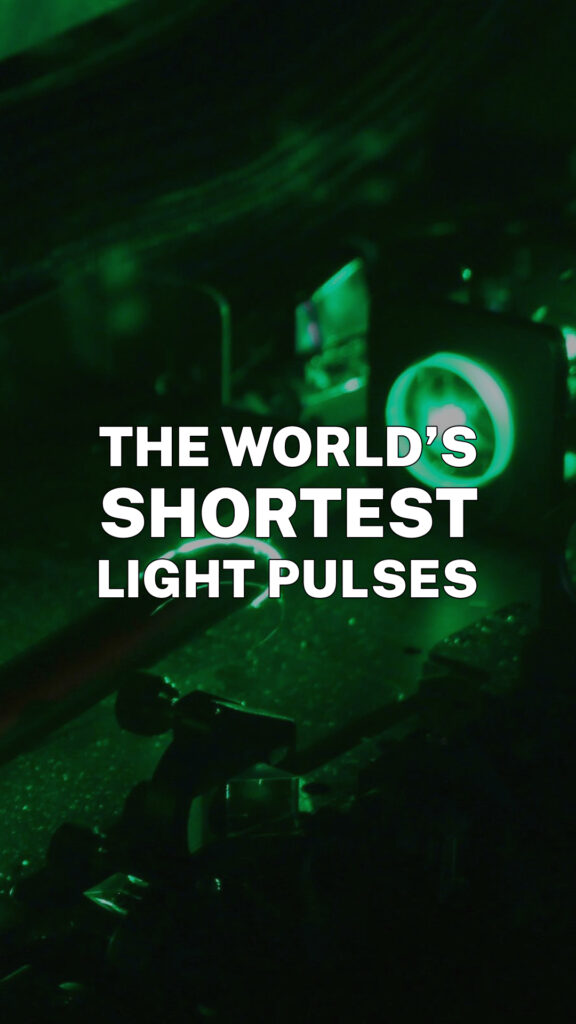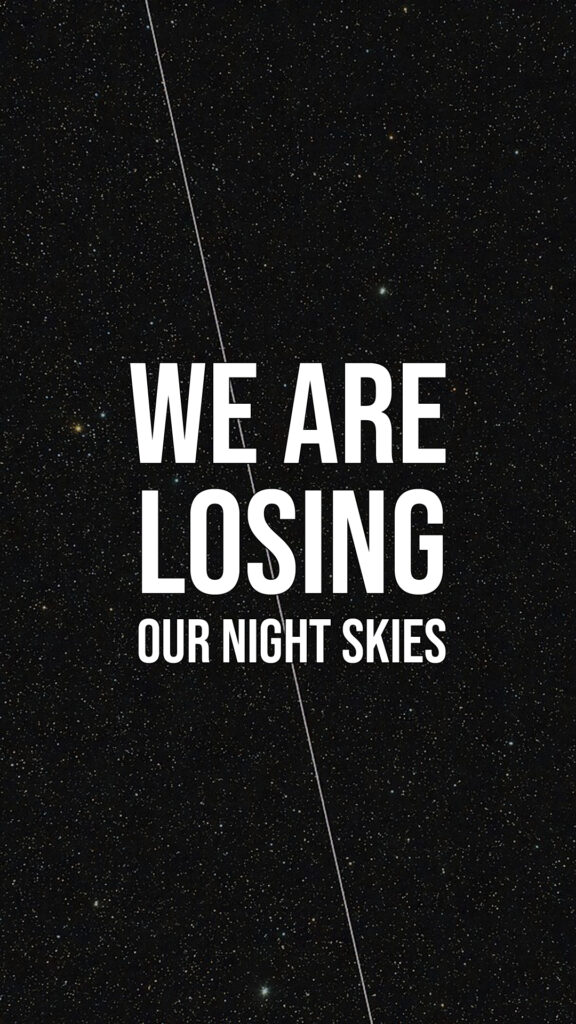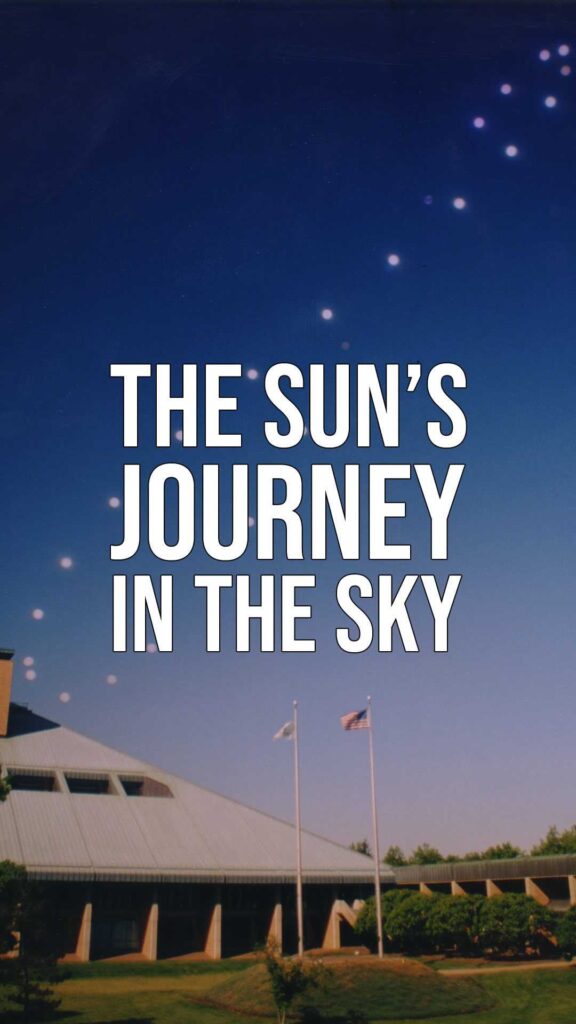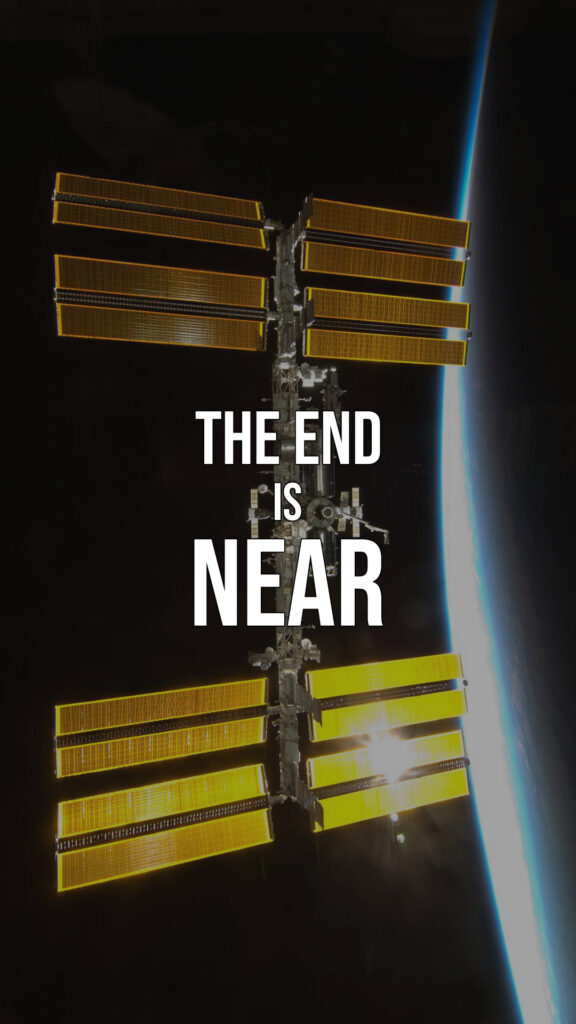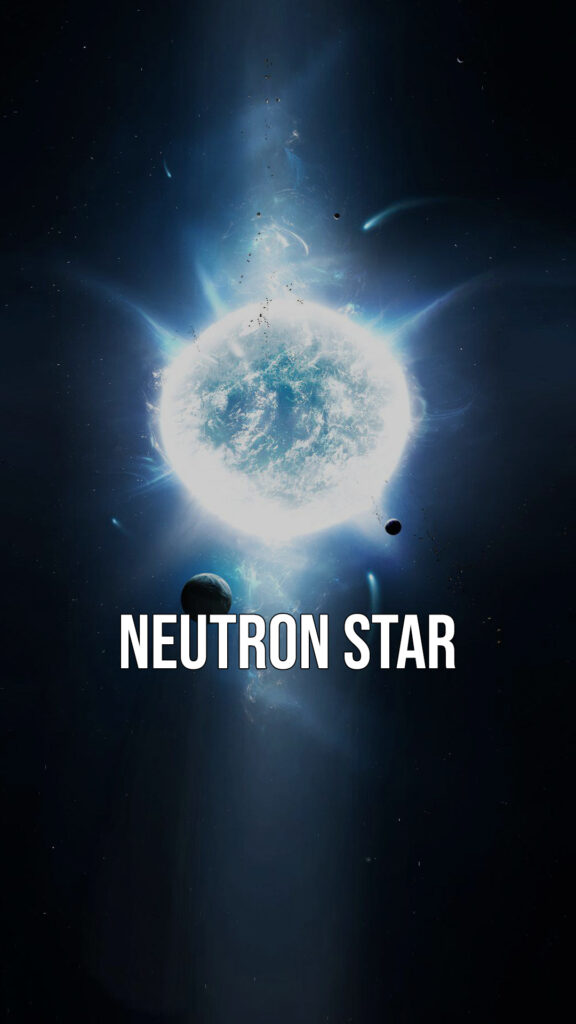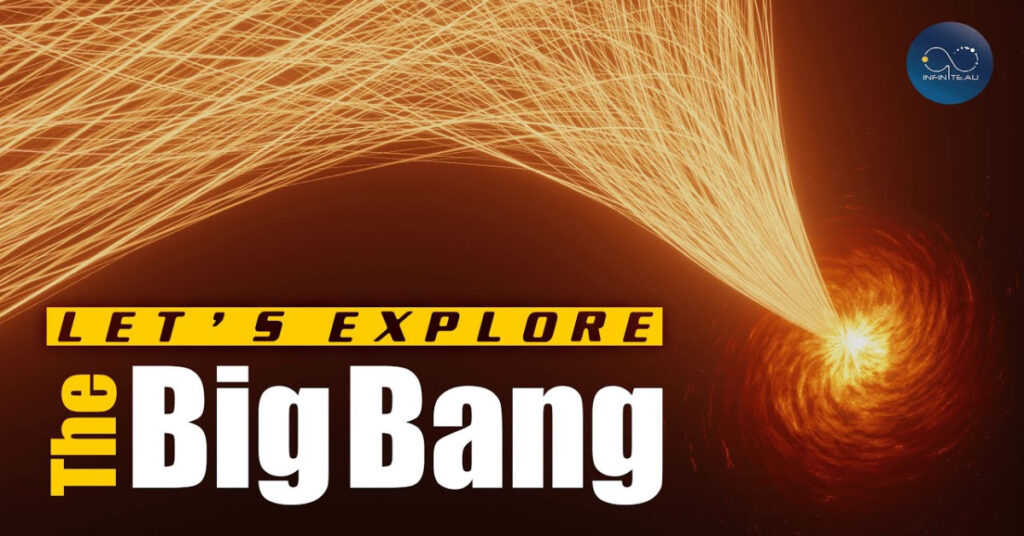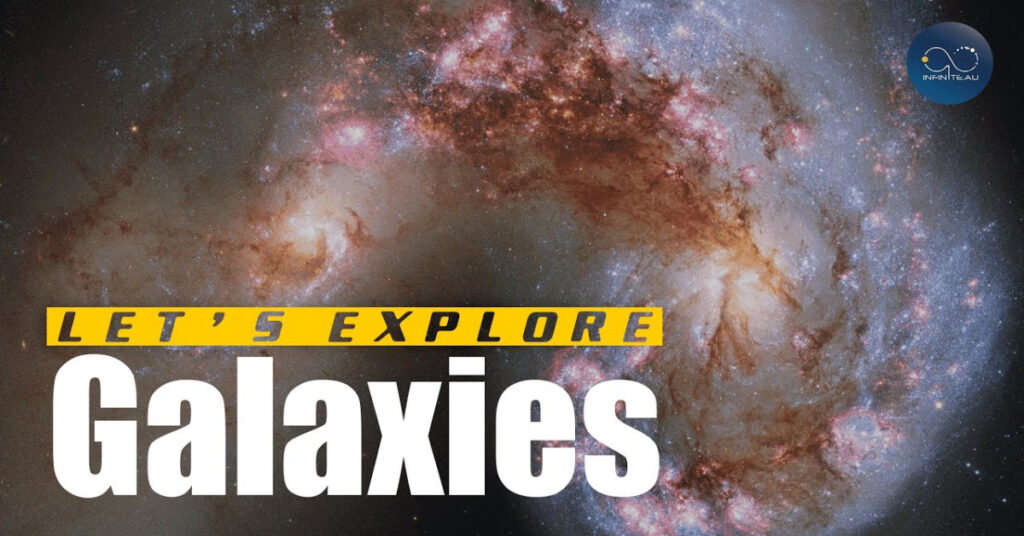The world’s shortest light pulse
This year’s Nobel Prize in Physics has been awarded to three physicists — Pierre Agostini at Ohio State University in Columbus, Ferenc Krausz at the Max Planck Institute of Quantum Optics in Garching, Germany, and Anne L’Huillier at Lund University, Sweden — for their research into attosecond pulses of light.Attosecond physics allows scientists to look
The world’s shortest light pulse Read More »

